
Michael Pitt
Particle Physicist • Researcher at CERN
I am a physicist at CERN, where my research focuses on exploring the fundamental principles of nature. By studying the high-energy collisions produced at the Large Hadron Collider (LHC), I study the interactions of elementary particles to understand how the fundamental forces shape the properties of matter and to investigate the mechanisms underlying the formation and evolution of the universe we observe today. Combining theoretical insights with experimental data, these studies aim to provide a deeper comprehension of the building blocks of nature and the dynamics that connect them.
While at CERN, I became fascinated by the fact that light can interact with light (yes, electromagnetic waves scattering off one another). Under certain conditions, the Large Hadron Collider effectively operates as a photon collider .
Since then, my research has centered on photon collisions, as well as in diffractive processes. You can read more about my research at CERN in our CERN Courier article: CMS looks forward to new physics with PPS .
Experimental particle physics encompasses sophisticated data analysis as well as contributions to the design, construction, and commissioning of particle detectors for current and future high-energy physics experiments. The goal is to reveal hidden interactions through advances in experimental techniques, paving the way for new and more sophisticated experiments.
Today, within the CMS experiment, efforts are focused on extending detection capabilities with new particle detectors.
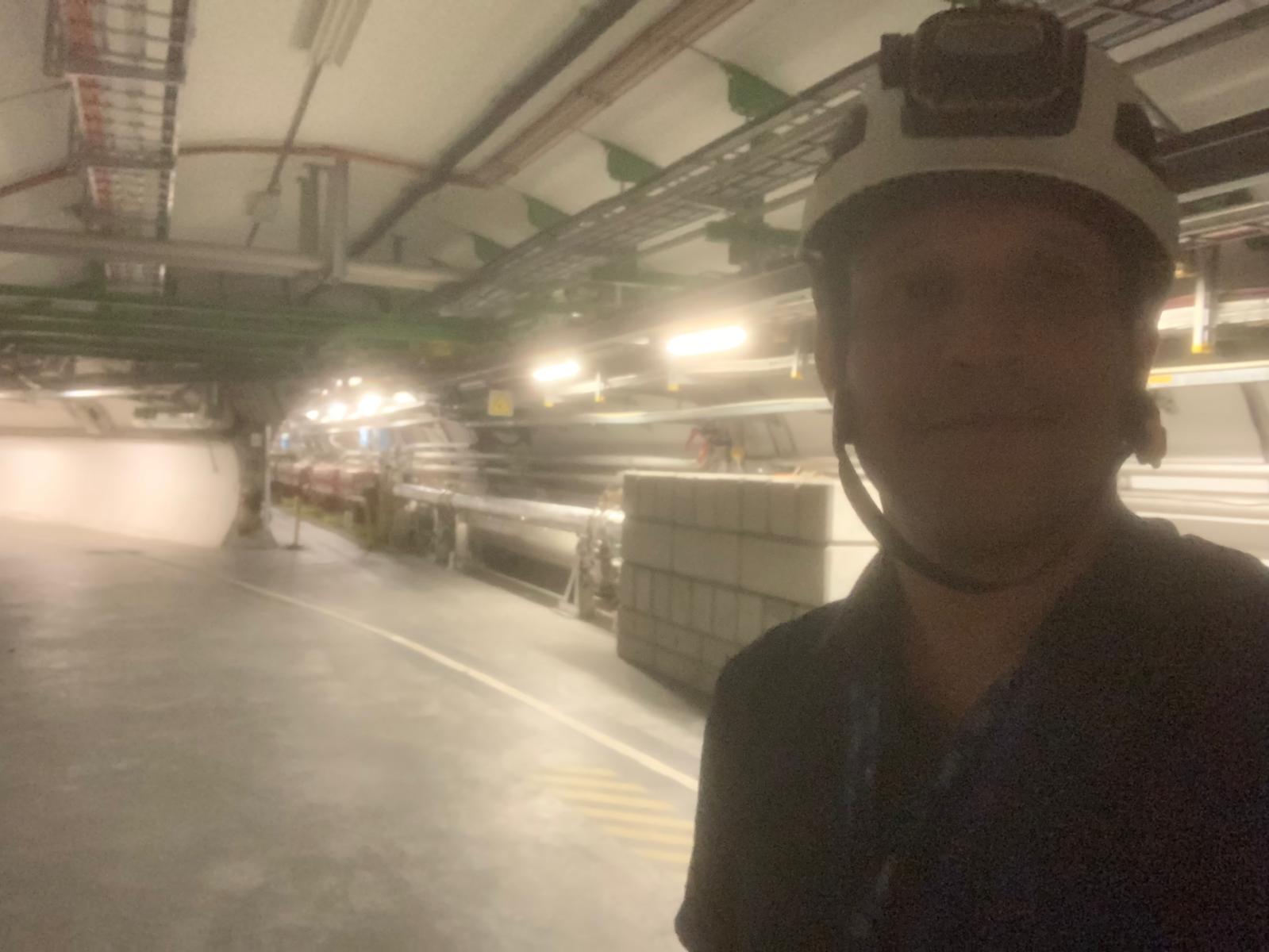
Photon collisions at the LHC
To hunt for photon collisions at the LHC, one needs to look for a distinct signature: the protons that emit photons can remain intact, and the only particles produced come from the photon–photon interaction, resulting in no hadronic activity when the protons collide. This is a big challenge at the LHC, as many proton–proton interactions can happen during a single bunch crossing. In CMS, we developed a method to isolate such collisions and reveal rare photon–photon events:
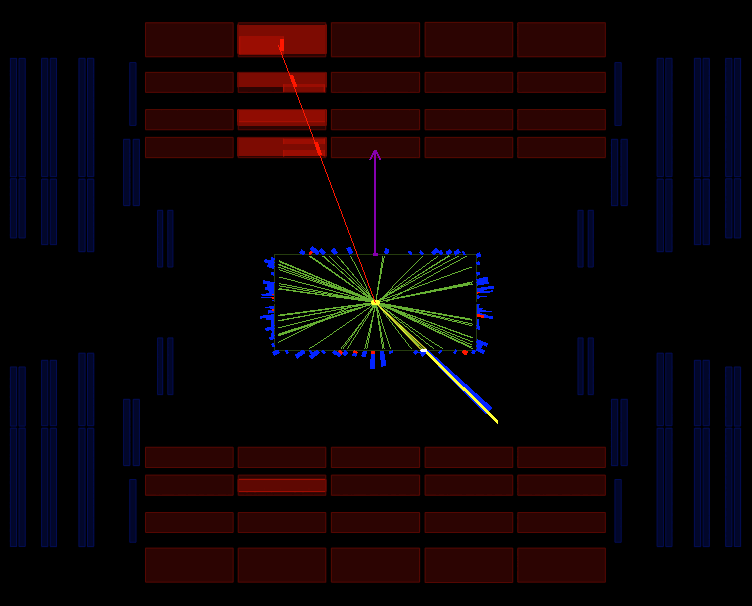
In our study of the anomalous magnetic moment of the τ lepton, where we significantly improved a 20-year-old result, moving closer to determining the τ g−2, we developed a robust methodology to study these processes at the LHC ( CMS closes in on tau g−2 ).
Diffractive interactions at the LHC
When protons collide, they produce striking diffractive patterns. These were first observed in elastic scattering at the Intersecting Storage Rings (ISR) – the world’s first proton–proton collider, operated at CERN in the 1970s. Remarkably, these patterns arise from quantum chromodynamics (QCD), the well-established theory of the strong nuclear force, yet their phenomenology is not fully understood. Over the years, attention has shifted toward non-elastic diffractive processes, where protons exchange color-neutral mediators (often referred to as Pomerons), opening the door to a rich variety of phenomena that continue to be explored.
What are these Pomerons?
In high-energy proton collisions, new particles can be produced “from the vacuum” through the exchange of special “particles” such as the pomeron, which itself carries the quantum numbers of the vacuum. Predicted in the 1960s, these processes were first explored in depth at Hadron–Elektron Ring Anlage (HERA), the electron–proton collider at DESY in Hamburg during the 1990s. By then, HERA experiments had established the phenomenological framework of diffractive interactions, but puzzling results soon followed. At the Tevatron, the proton–anti-proton collider operated since the 1980s at Fermilab, near Chicago, USA, the rate of diffractive events was found to be strongly suppressed. This was later understood to be caused by the crowded environment of proton–antiproton collisions introducing extra soft interactions, known as multiple parton interactions (MPI), which wash out the clean diffractive signature. Since then, pomerons have raised more questions than answers, and even today at the LHC, the true nature of these mysterious processes remains elusive.
What else is hidden within QCD?
Beyond pomerons, diffractive interactions themselves may hold the key to new discoveries. Collisions involving two pomerons could produce entirely new resonances, such as glueballs, while also giving access to more exotic QCD phenomena. Among them are instantons, rare events of quantum tunnelling in quantum field theory, the discovery of which would be a major breakthrough in modern particle physics [Ref].
What does a proton look like on the inside?
At first glance, textbooks show the proton as three tiny quarks bound tightly by gluons. But this picture is far too simplistic. In reality, protons contain a restless sea of gluons and quark–antiquark pairs that constantly pop in and out of existence in fleeting quantum fluctuations. These dynamics determine the properties of the protons, such as their mass and spin. This phenomenon is so complex that, even decades after the discovery of the theory of strong interactions, it remains one of the biggest mysteries in particle physics. The reason we cannot evaluate this phenomenon is due to confinement; the proton's interior is locked inside, hiding its components. To explore this secret structure, diffractive interactions can act like a special kind of lens, allowing us to probe the inner structure of protons without completely shattering it. Through these processes, we may gain insight into how confinement, mass, and spin emerge from the swirling activity of quarks and gluons within one of nature's most fundamental building blocks, which comprise nearly all visible matter in the universe.
See more about our results
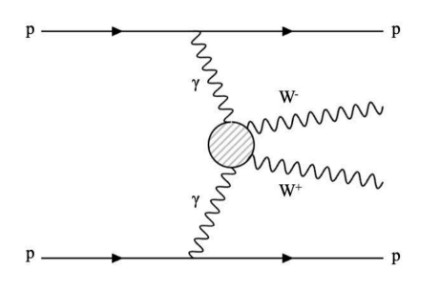
When light turns into weak heavy bosons
CMS explores photon–photon collisions producing a pair of W bosons.
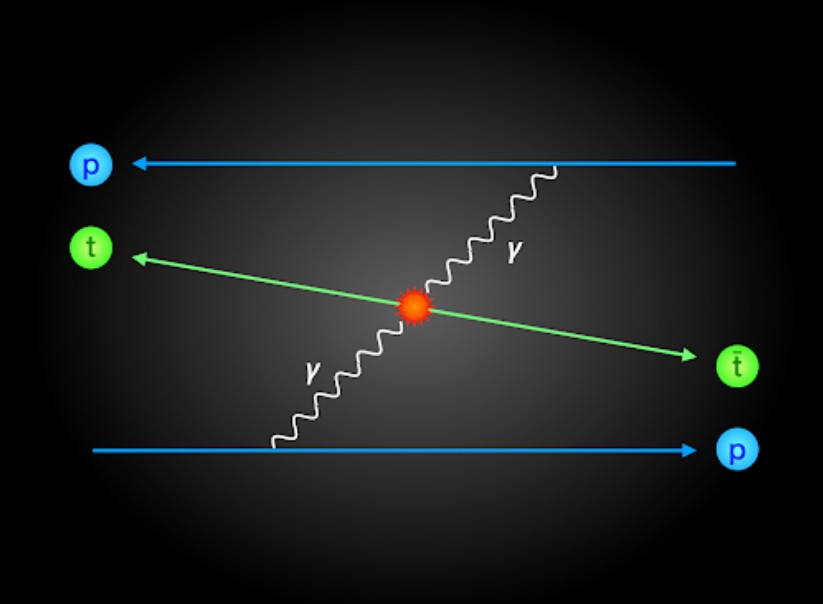
Detecting the creation of top quarks out of light
Unveiling rare processes where photons produce top-quark pairs.
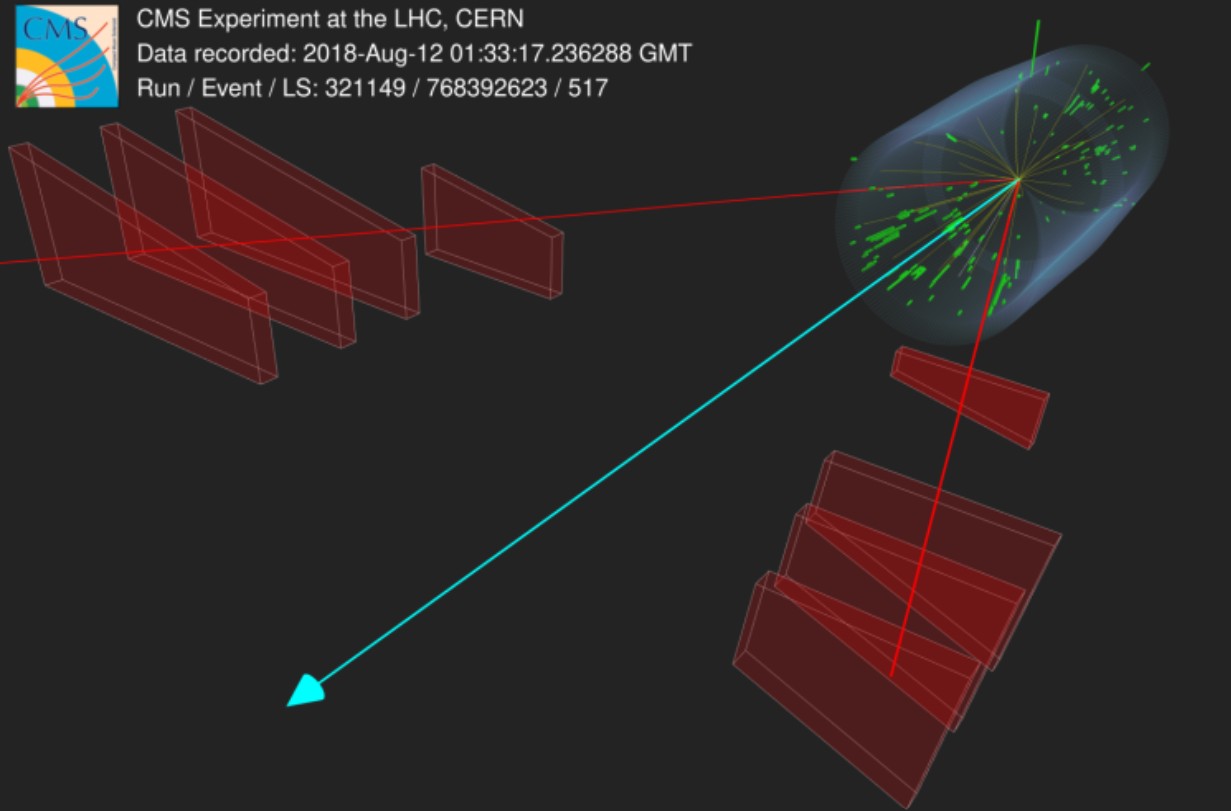
Protons do not break at the LHC
Studying collisions where protons stay intact after photon exchange.
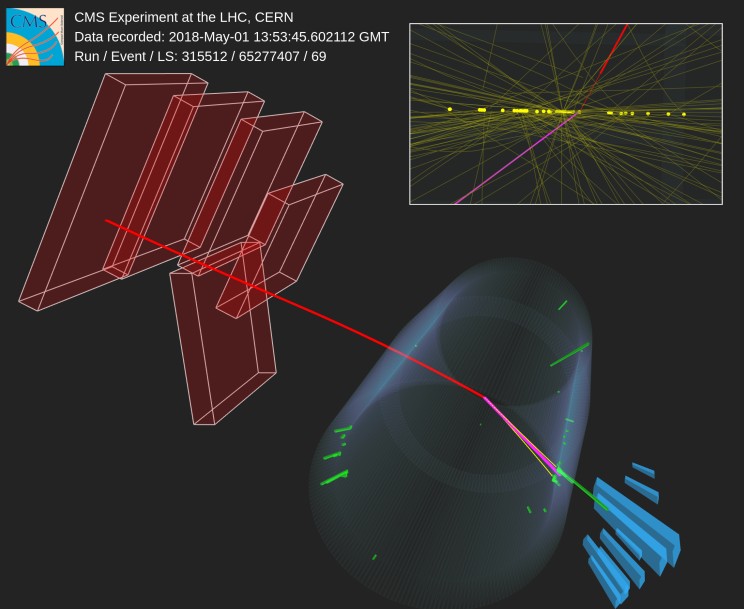
Disclosing quantum corrections to electromagnetic interactions of τ leptons
New insights from CMS into τ g−2 via photon-photon collisions.